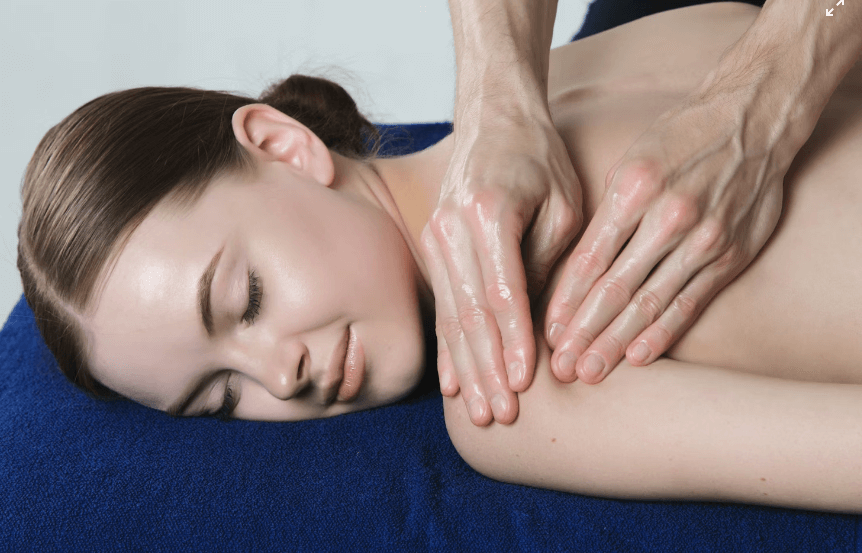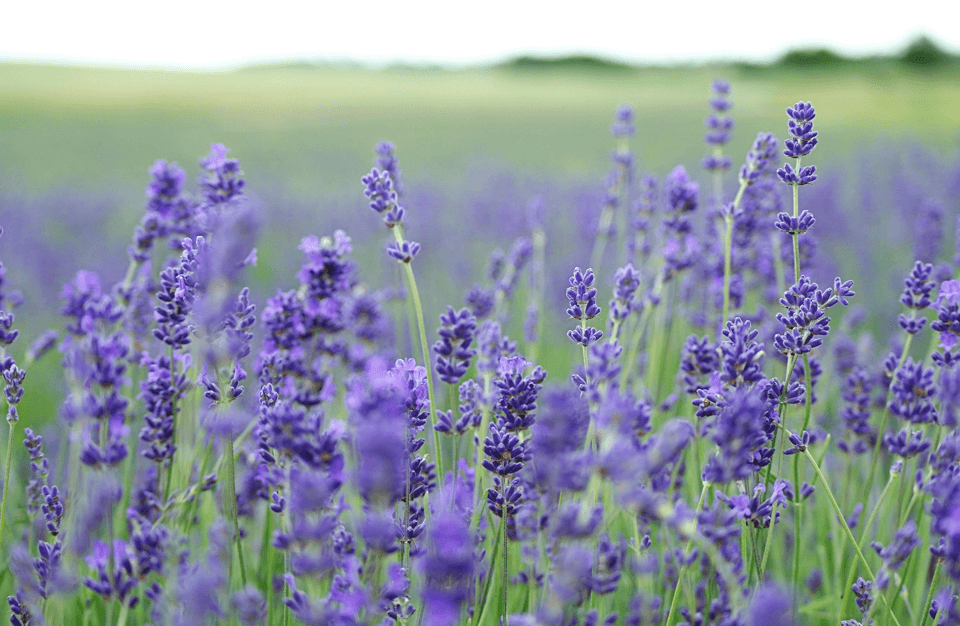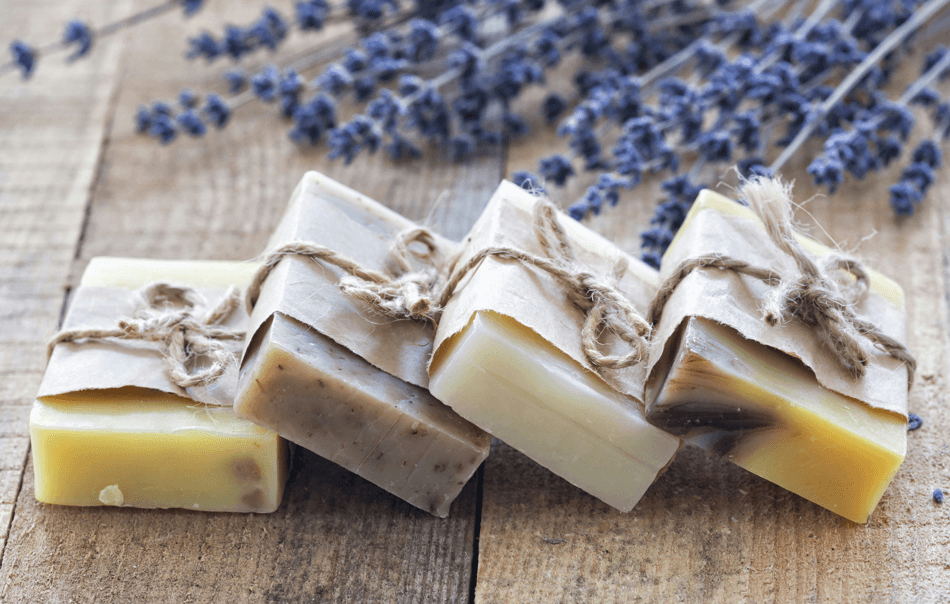How to Make Essential Lavender Oil: Everything You Want To Know
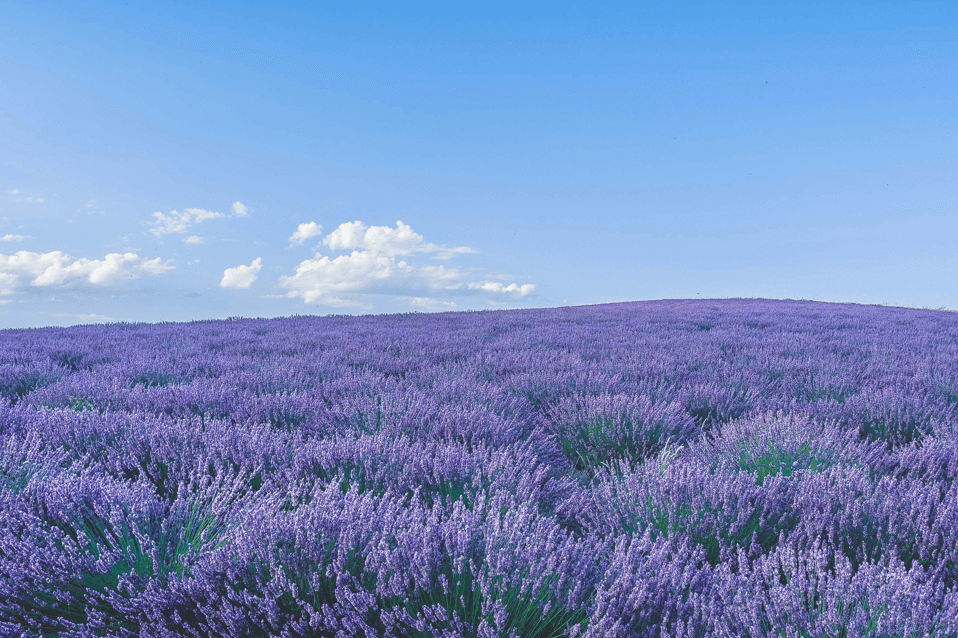
Key Takeaways:
- Learn the process of making your own lavender oil at home using simple ingredients and tools.
- Understand the importance of choosing the right type of lavender and carrier oil for the best quality homemade lavender oil.
- Discover the various uses of homemade lavender essential oil for health and wellness.
Lavender essential oil is renowned for its soothing aroma and myriad of health benefits.
Whether you're looking to create a relaxing atmosphere, soothe dry skin, or simply enjoy the fragrance of lavender, making your own lavender oil is a rewarding and practical project.
In this comprehensive guide, we'll walk you through the steps to make essential lavender oil at home, ensuring you have all the information you need to produce a high-quality product.
Choosing Your Lavender
The first step in making lavender oil is to select the right type of lavender. There are many varieties, such as English lavender and Spanish lavender, each with its unique scent and properties.
For oil making, English lavender is often preferred for its sweet, floral aroma. Ensure you have enough lavender, whether you're using fresh lavender flowers or dried lavender flowers, to create a potent oil.
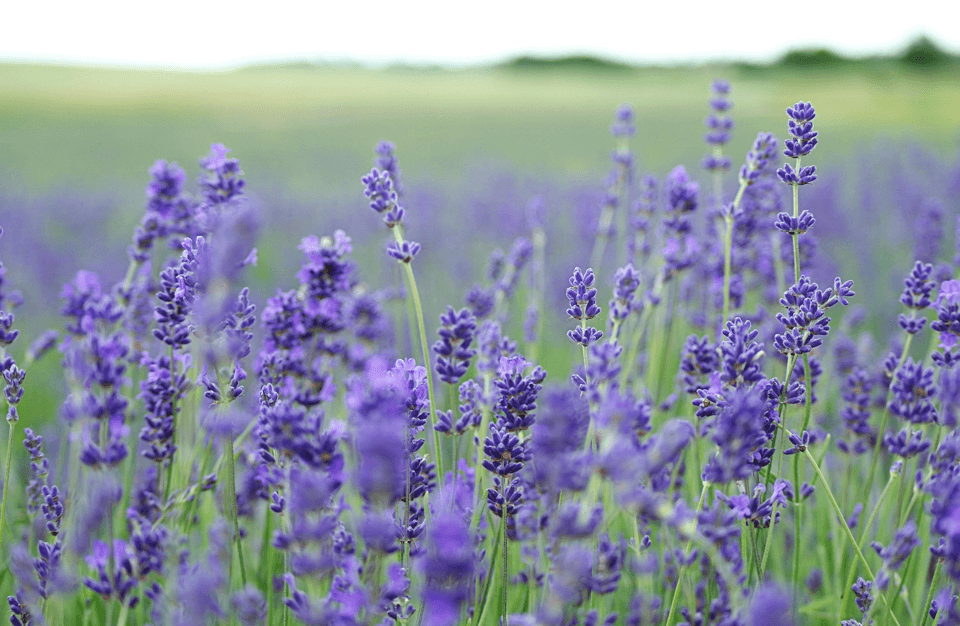
Selecting Carrier Oils
Carrier oils are essential in the process of making lavender oil as they dilute the potent essential oils and carry them to your skin.
When you make lavender oil at home, you can tailor it for various uses by selecting the right carrier oil.
Commonly used carrier oils include sweet almond oil, fractionated coconut oil, and extra virgin olive oil. Grapeseed oil is lightweight and has a neutral scent, making it an excellent base for a multi-use lavender oil that can be applied to the skin or used in aromatherapy.
On the other hand, if you're looking for an edible carrier oil, canola oil or sunflower oil can be a good choice, allowing you to infuse the essence of lavender into your culinary creations.
Each carrier oil has its own benefits and shelf life, so choose one that suits your needs and preferences.
The beauty of homemade lavender oil lies in its adaptability. You can mix different oils to achieve specific benefits; for example, combining lavender with argan oil can create a luxurious skin conditioner, while safflower oil is known for its hydrating properties.
Remember, the same oil that you use for your skin can often be repurposed for other applications, such as polishing wood furniture or adding a fragrant touch to laundry.
This multi-use approach ensures you get as much oil out of your lavender plant as possible, maximizing the value of your homemade product.
Preparing the Lavender
Once you have your lavender buds, it's crucial to prepare them correctly. If you're using fresh flowers, make sure they are clean and free from pesticides.
For dried flowers, ensure they are completely dry to prevent mold growth in your oil. Gently crush the flower buds to release their oils, which will infuse into your carrier oil more effectively.
Infusion Methods
There are several methods to infuse lavender into the carrier oil, such as the direct sunlight method or the slow cooker method.
The direct sunlight method involves placing lavender pieces and carrier oil in a clean glass jar and leaving it in a sunny spot for at least two weeks.
The slow cooker method speeds up the process by gently heating the mixture for a few hours.

Straining and Storing
After the infusion period, strain the lavender pieces from the oil using a fine mesh strainer or cheesecloth.
Transfer the finished lavender oil into a glass container with a tight-fitting lid and store it in a dark location to preserve its quality.
Remember to label your homemade lavender infused oil with the date and ingredients.
Advanced Techniques for Extracting Lavender Oil
While the basic infusion method is great for beginners, those looking to create a true essential oil might explore steam distillation.
This process involves passing steam through lavender leaves and flowers, capturing the oil as it evaporates, and then condensing the steam back into water, leaving the oil behind.
Steam distilling requires specific equipment, but the result is a more concentrated oil, free from the fatty acids present in carrier oils. For those growing lavender at home, this method can be a rewarding way to delve deeper into the art of essential oil extraction.
However, steam distillation isn't the only advanced technique for those interested in making a more potent lavender oil. Another method involves using rubbing alcohol as a solvent to extract the oil from the lavender plant.
This process can be done with a small jar, a tight-fitting lid, and some patience, as it requires several weeks for the alcohol to fully absorb the oil from the lavender leaves, woody stems, and flowers.
Once the alcohol has evaporated, what remains is a purer form of lavender oil. Whichever method you choose, ensure your lavender is completely dry and stored in a dry location to prevent mold growth and preserve the quality of your oil.
Crafting the Perfect Scent: Blending Lavender with Other Flowers
Have you ever considered enhancing your homemade lavender oil by blending it with other floral scents? Lavender oil serves as a fantastic base for creating complex fragrances that can captivate the senses.
When lavender works in harmony with the essences of other flowers, such as rose, chamomile, or jasmine, it can produce a more nuanced and personalized aroma.
This process involves carefully selecting complementary flowers and experimenting with proportions to achieve the desired scent profile.
Blending lavender with other flowers is not only about the fragrance; it also allows you to combine the therapeutic properties of various botanicals. For instance, mixing lavender with rose can amplify the calming effects, making it an excellent choice for a stress-relief massage oil or a soothing bath additive.
Remember to document your blends and ratios to replicate or tweak them in future batches. This creative exploration can lead to your signature scent that's as unique as you are.
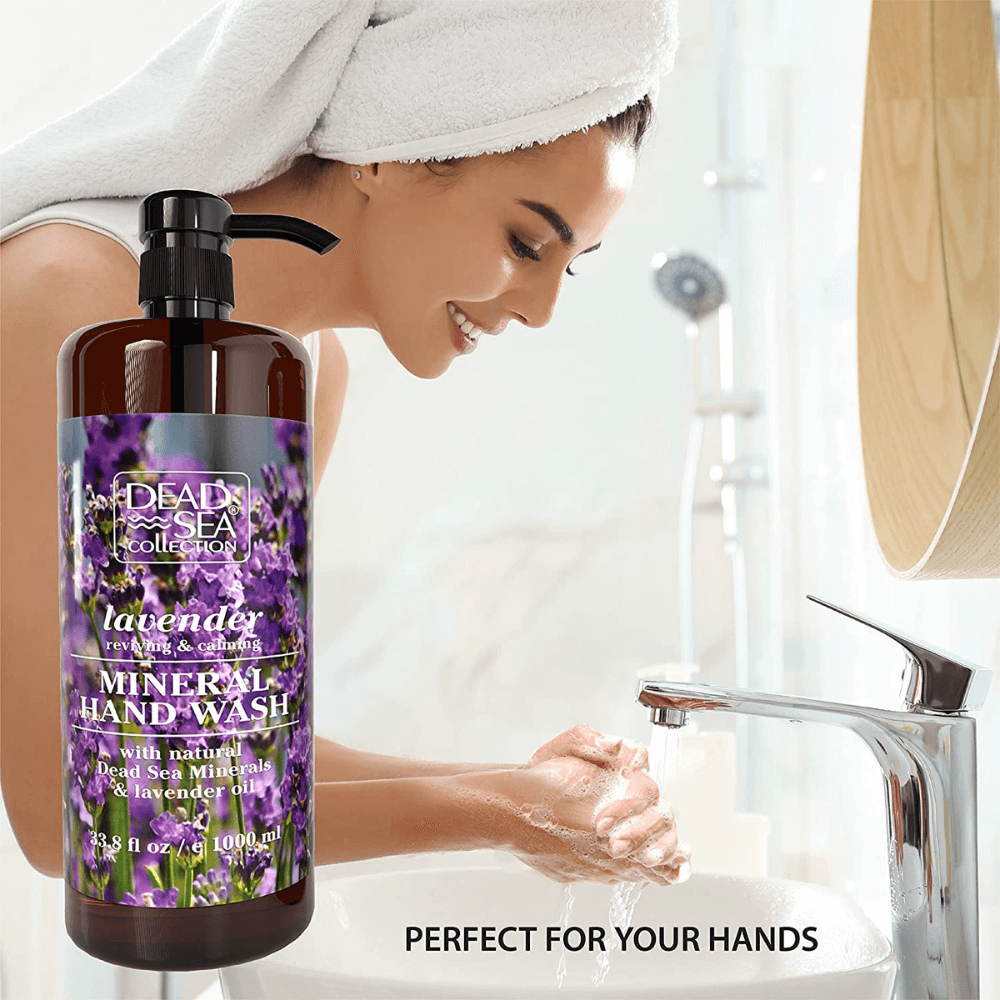
The Therapeutic Uses of Lavender Oil
Lavender oil isn't just a fragrant addition to your home; it's a multi-use elixir that can soothe, relax, and heal. When you've crafted your own batch, you've got a powerhouse of therapeutic benefits at your fingertips.
For instance, a few drops in a warm bath can help alleviate stress after a long day. The calming properties of lavender have been widely recognized in aromatherapy, making it a go-to solution for anxiety relief and improved sleep quality.
Moreover, lavender oil can be applied topically to address skin irritations and minor burns, thanks to its anti-inflammatory properties. It's a natural remedy that can be integrated into your skincare routine, either by adding it to your moisturizer or by applying it directly to problem areas.
Remember, when using lavender oil on the skin, it's important to dilute it with a carrier oil to prevent any potential irritation.
Lavender Oil in Aromatherapy: Unwinding with Nature's Essence
The use of lavender oil in aromatherapy is akin to tapping directly into nature's serene symphony.
When diffused, lavender oil emits a fragrance that is both grounding and uplifting, creating an ambiance of tranquility that is perfect for meditation or a stress-relieving session after a long day.
Its ability to blend seamlessly with other essential oils makes it a versatile player in the aromatherapy world, allowing for personalized scent profiles that cater to individual preferences and emotional needs.
Studies suggest that inhaling the aroma of lavender can have a calming effect on the central nervous system, reducing anxiety and enhancing sleep quality. This makes lavender oil a staple for anyone looking to incorporate natural elements into their mental health routine.
Whether used in a diffuser, as a personal inhaler, or applied topically with a carrier oil, lavender's aromatic benefits are a testament to its enduring popularity in aromatherapy practices.
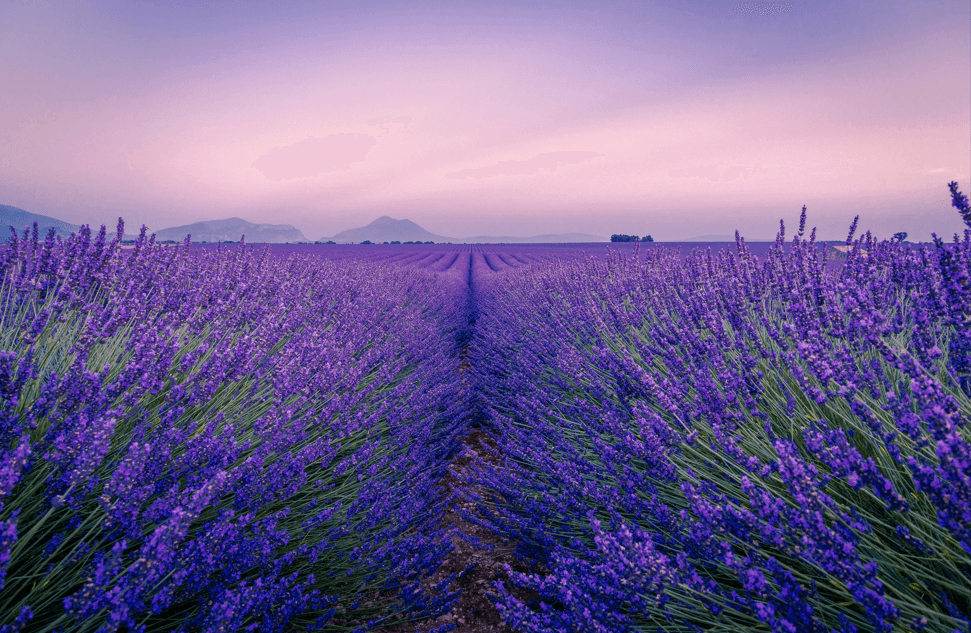
Lavender Oil as a Natural Antiseptic Agent
Lavender oil's reputation as an elixir extends beyond its calming aroma; it's also a potent antiseptic.
This natural disinfectant property makes it a valuable addition to your home's first-aid kit. When diluted appropriately, lavender oil can be applied to minor cuts and scrapes to prevent infection. Its antimicrobial qualities help in warding off bacteria, ensuring a cleaner and more conducive environment for healing.
Moreover, incorporating lavender oil into homemade cleaning solutions can elevate your household hygiene. A few drops mixed with water or vinegar can create an effective surface cleaner, leaving behind a fresh, floral scent.
This not only helps in keeping your living spaces free from harmful microbes but also reduces the reliance on harsh chemical-based cleaning products, promoting a healthier home atmosphere.
Lavender Oil in Pet Care: A Gentle Touch for Your Furry Friends
Have you ever considered the wonders of lavender oil for your pets? It's not just humans who can benefit from the calming properties of this versatile essence.
When used correctly, lavender oil can be a gentle aid in reducing anxiety and stress in pets, especially during thunderstorms or when they're feeling uneasy. Just a whiff of its soothing scent can help your furry friend feel more relaxed and at peace.
However, it's crucial to use lavender oil safely around pets. Always dilute the oil with a carrier before applying it to your pet's coat or using it in their vicinity, and never use it undiluted.
Consult with a veterinarian before introducing lavender oil into your pet's care routine, as some animals may be sensitive to essential oils.
With proper guidance, incorporating lavender oil into your pet care practices can enhance the well-being of your beloved companion.
Lavender Oil and Plant Care: Boosting Garden Health Naturally
Did you know that lavender oil can be a gardener's ally? This fragrant oil isn't just for aromatherapy; it's also a natural way to support plant health.
Lavender oil's antifungal properties can help protect your plants from mildew and other fungal infections. A diluted lavender oil spray can act as a gentle yet effective deterrent for pests, keeping your garden thriving without the need for harsh chemicals.
In addition to its protective qualities, lavender oil can also be used to promote growth in plants. Its soothing scent is believed to stimulate plant hormones that encourage growth, making it a natural enhancer for your garden's vitality.
Remember to use it sparingly and diluted, as plants, like pets, can be sensitive to concentrated essential oils. By integrating lavender oil into your gardening routine, you're taking a step towards a more natural and harmonious ecosystem in your own backyard.
Enhancing Beauty Regimens with Lavender Oil
Lavender oil is broadly used in the realm of beauty and skincare.
Its anti-inflammatory and soothing properties make it an excellent ingredient for calming irritated skin and reducing redness. By adding a couple of drops to your daily moisturizer or serum, you can harness these benefits for a more radiant complexion.
Lavender oil's ability to balance the skin's natural oil production also makes it a versatile choice for both dry and oily skin types.
Hair care is another avenue where lavender oil shines. Massaging a blend of lavender oil and a carrier oil into the scalp can improve blood circulation, potentially promoting hair growth and reducing dandruff.
Its natural fragrance acts as a hair perfume, leaving your locks smelling delightful throughout the day. This dual-action approach not only enhances the health of your hair but also turns your hair care routine into a luxurious, spa-like experience.
Culinary Creations with Lavender Oil: A Flavorful Twist
In the culinary world, lavender oil offers an unexpected yet delightful twist to many recipes. Its floral and slightly sweet notes can transform a simple dish into a gourmet experience.
Imagine drizzling a lavender-infused honey over a warm scone or incorporating a few drops of the oil into a creamy panna cotta; the possibilities are as endless as they are delicious.
However, it's important to note that when using lavender oil in cooking, moderation is key – its potent flavor can easily overpower if not used sparingly.
In addition to its flavor-enhancing properties, lavender oil can also contribute to the nutritional value of your meals. It's known for its antioxidant properties, which can help protect the body against oxidative stress.
When incorporating lavender oil into your cooking, always ensure it's food-grade and pair it with complementary flavors such as citrus, berries, or herbs like thyme and rosemary.
From savory dishes to sweet desserts, a hint of lavender can elevate your culinary creations, offering a unique taste that is sure to intrigue and delight the palate.
Storing Your Lavender Oil For Longevity
Proper storage is key to maintaining the integrity of your homemade lavender oil. A tight fitting lid is essential to prevent oxidation, which can degrade the oil's quality over time.
By ensuring your container is well-sealed, you're also protecting the oil from moisture and contaminants that could spoil its purity. Glass bottles, preferably amber or cobalt blue, are ideal for storage as they don't interact with the oil and protect it from sunlight.
When you've gone to the effort of making your own lavender oil, you want to make sure it lasts. Keeping your oil in a cool, dark place with a tight fitting lid will help preserve its therapeutic properties and fragrance.
This way, every time you open the bottle, you'll be greeted with the same potent, soothing aroma that you captured at the very start of your oil-making journey.
By taking these precautions, you can extend the shelf life of your lavender oil, allowing you to enjoy its benefits for a longer period.
It's Perfect As A Gift!
If you find yourself with more oil than you can use in the short term, consider sharing it with friends or using it to create homemade gifts.
Lavender oil can be a thoughtful and personal present for any occasion. Just ensure that the bottles you distribute are also equipped with a tight-fitting lid and are made of dark glass to preserve the oil's quality.
By doing so, you're not only spreading the joy of natural aromatherapy but also educating others on the importance of proper essential oil storage.
The Benefits of Homemade Lavender Oil
Creating your own lavender oil allows you to control the ingredients and customize the strength of the oil. Homemade lavender essential oil is free from additives and can be a cost-effective alternative to store-bought oils.
Plus, the process of making lavender oil can be a therapeutic and enjoyable hobby.
The Environmental Impact of Lavender Farming
When we delve into the production of lavender oil, it's important to consider the environmental footprint of lavender farming.
Known for its hardiness, lavender can thrive in poor soil conditions with minimal water, making it a relatively eco-friendly crop. This resilience translates to lower water usage and a reduced need for chemical fertilizers, positioning lavender as a sustainable choice for eco-conscious consumers.
By supporting lavender farms that adhere to organic and sustainable practices, we contribute to a healthier planet, ensuring that the production of our cherished lavender oil aligns with environmental stewardship.
Moreover, the pollinator-friendly nature of lavender plants adds another layer of environmental benefit. Lavender fields are buzzing with activity, providing a haven for bees, butterflies, and other beneficial insects.
This symbiotic relationship not only aids in the pollination of lavender itself but also supports biodiversity and the health of surrounding ecosystems. When choosing lavender, consider the source—opting for lavender from farms that prioritize biodiversity can make a significant positive impact on the environment.
Summary
Making your own essential lavender oil is a simple and fulfilling process that allows you to enjoy the benefits of this versatile oil.
By selecting the right lavender variety and carrier oil, preparing the lavender properly, choosing your infusion method, and storing the oil correctly, you can create a high-quality lavender oil at home.
Use it to enhance your wellness routine, as a beauty product, or simply to enjoy the soothing aroma of lavender.
Frequently Asked Questions
How much lavender do I need to make essential oil?
The amount of lavender needed depends on how much oil you want to produce. Generally, a handful of dried flowers or enough fresh flowers to completely cover with your chosen carrier oil in a clean jar should suffice for a small batch.
Can I use any type of lavender for making oil?
While you can use different types of lavender, English lavender is often preferred for its fragrance and oil quality. Ensure the lavender is clean and pesticide-free for the best results.
How long does homemade lavender oil last?
The shelf life of homemade lavender oil depends on the carrier oil used and how it's stored. Typically, it can last up to a year if stored in a dark, cool place in a tightly sealed glass container.
Adding a few drops of vitamin E can help extend its shelf life.



